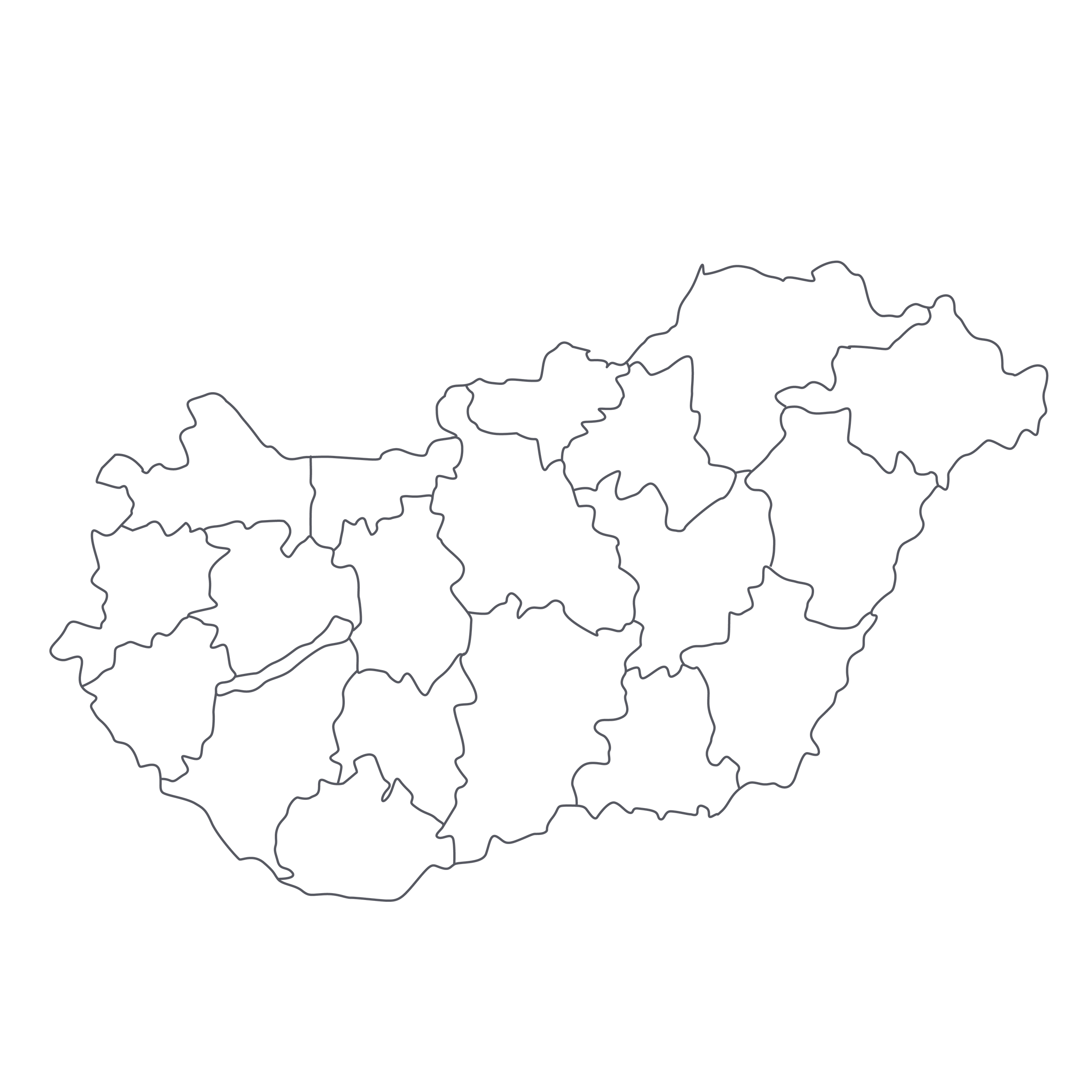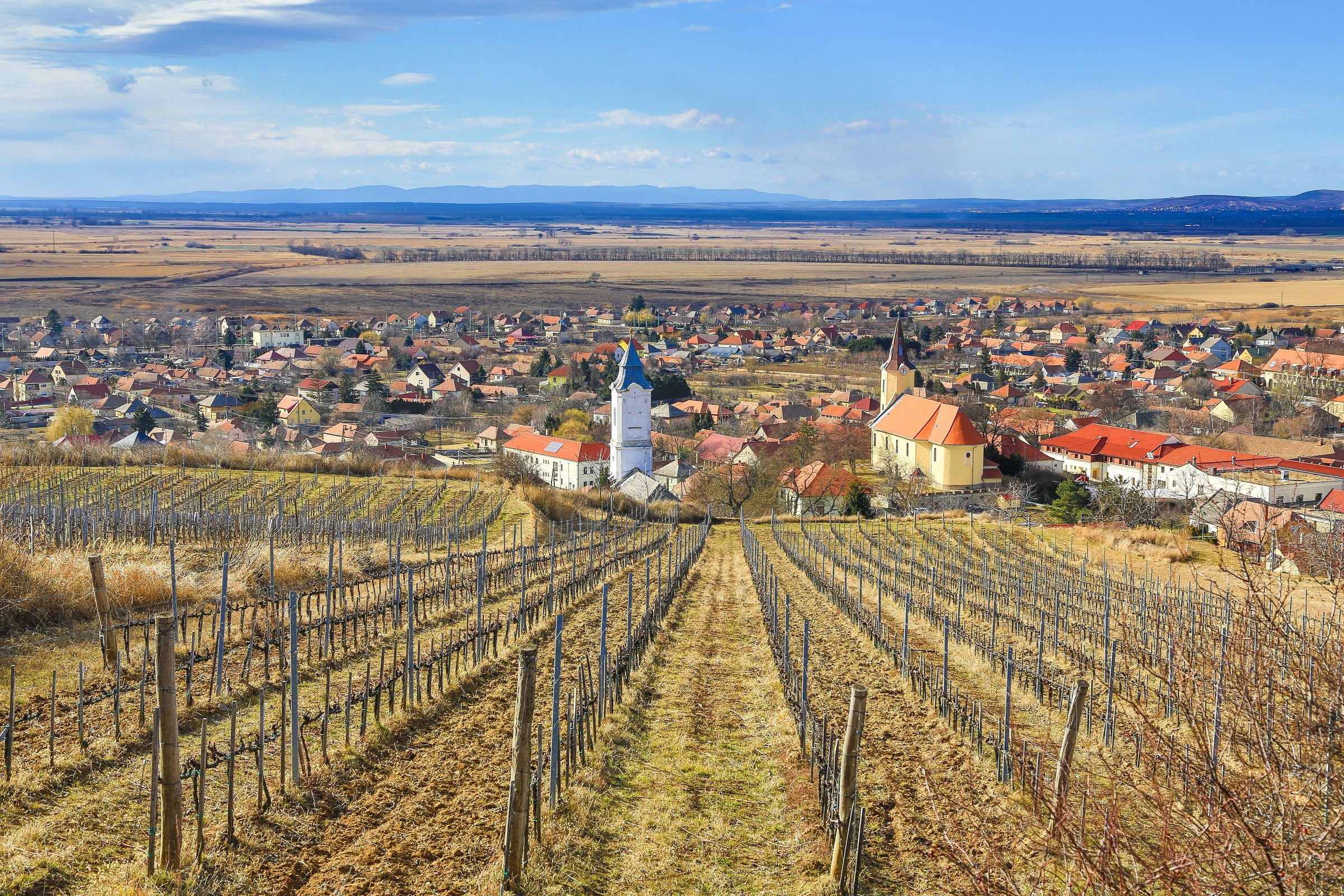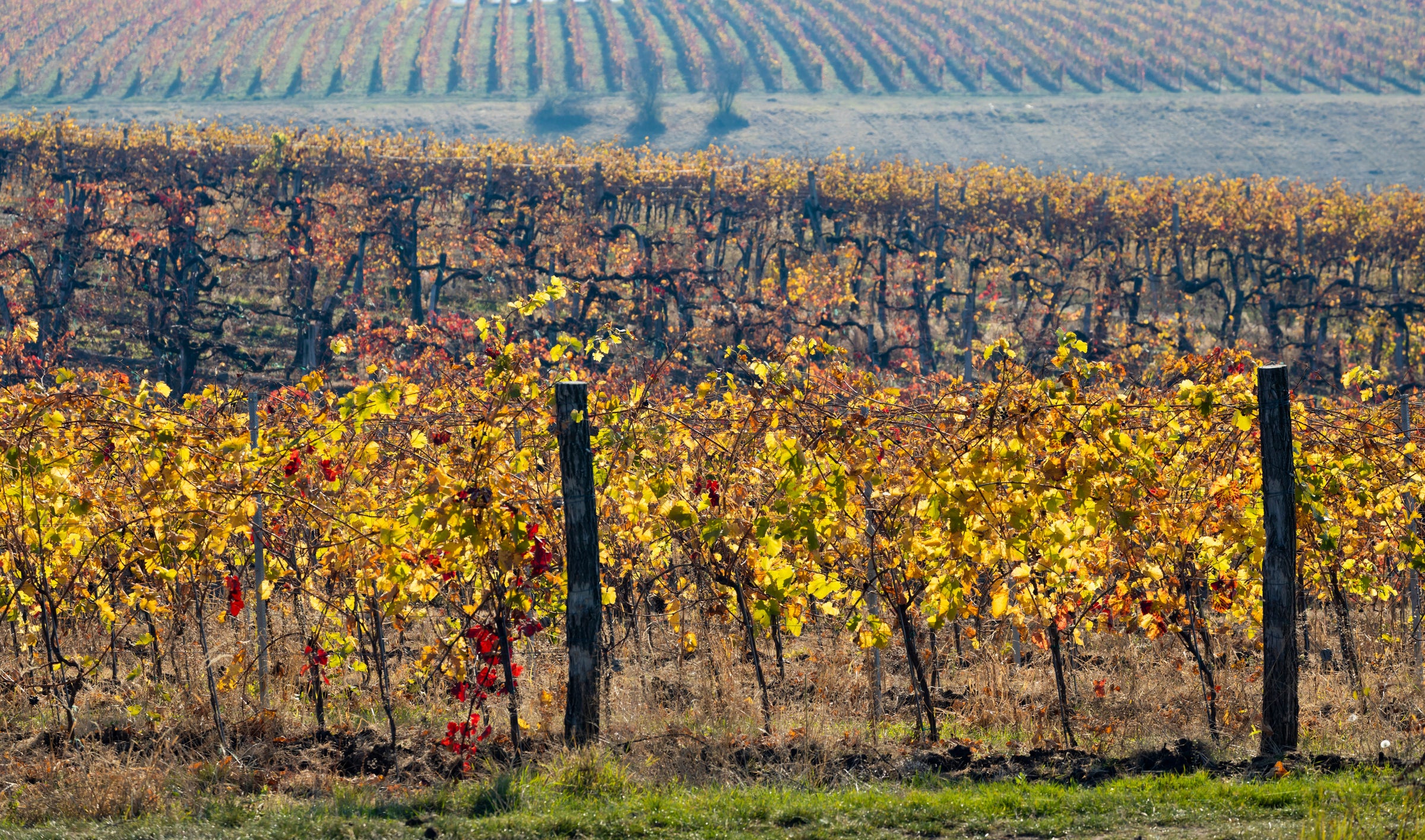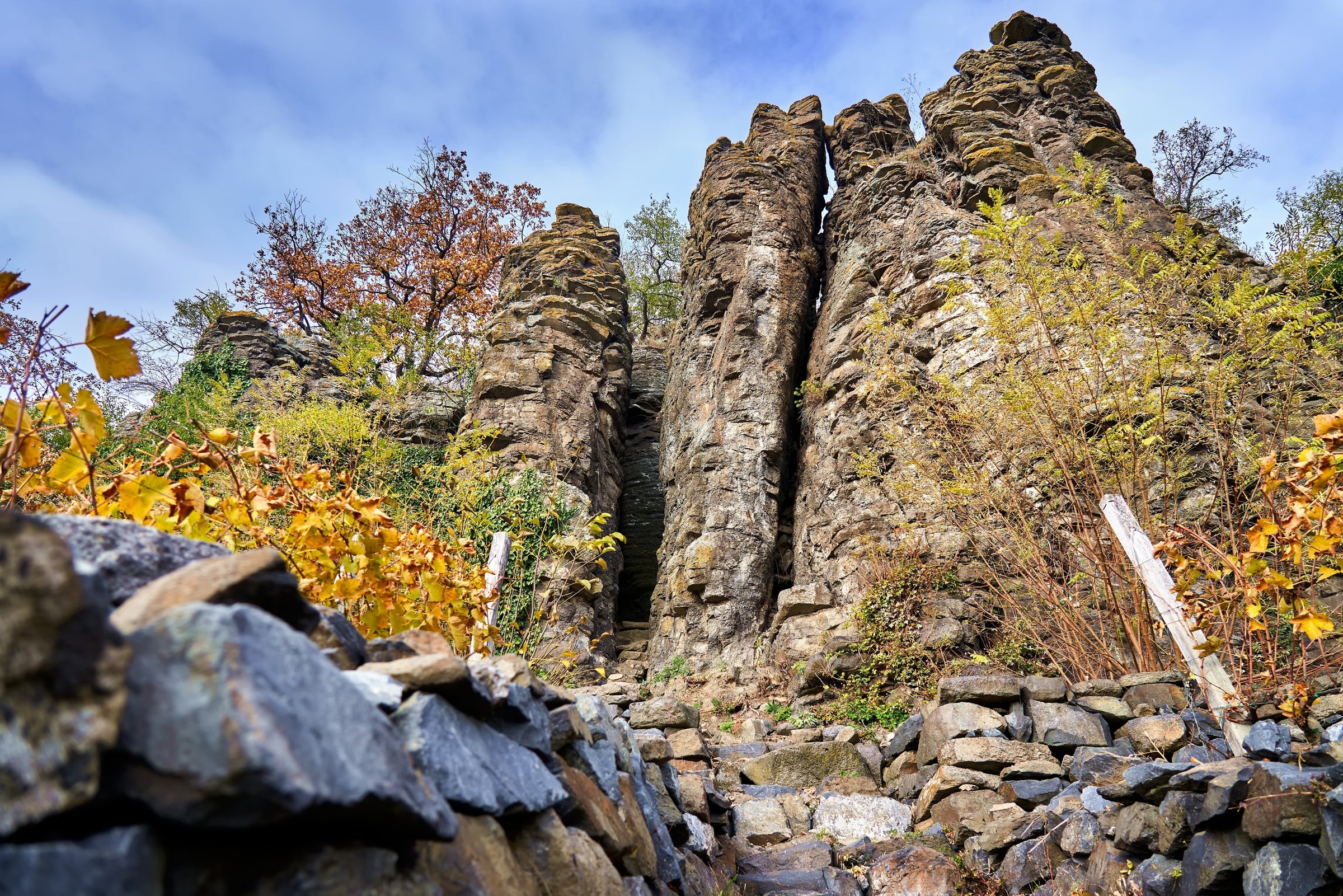The volcanic-born wines of Sicily, Campania, and the Canary Islands have made a big splash in the wine biz of late, and at SommSelect we think it is high time Hungary joined that club. Káli-Kövek’s “Kalamona” is Exhibit A for evidence of this volcanic excellence. Hárslevelű, Juhfark, and Furmint make up a sort of greatest hits of Hungarian white grapes and they perfectly translate the unique Somlói terroir, producing a wine with a core of minerality so deep that it would make most Grand Cru Chablis blush.
But of course we’re not talking Grand Cru, or even Premier Cru, pricing. True to its humble origins, Kalamona offers unbeatable quality for value; I’m hard pressed to think of a bone-dry white wine with more depth and complexity than Kalamona offers that is anywhere near the same price. Summer is on and you need refreshment, so take a plunge into the pristine waters of Hungarian wine. You won’t regret it!
A three-headed dragon, an extinct volcano, medieval fortresses, and exotic livestock; you would be forgiven if you thought we were targeting “Game of Thrones” fans today. But no, we’re just lining up some fun eccentricities and transporting you to northern Lake Balaton in Central Hungary. That is where you find the beautifully pastoral vineyards and rustic cellar of Káli-Kövek. By appearances you might think that wine produced here would be similarly rustic, but inside this humble structure, some of central Europe’s most elegant, complex, terroir-transparent wine is made. That is due primarily to the talents of Gyula Szabo, the “lord” of this estate, who spends countless hours tending his vines and watching his wines’ progression in the cellar.
The secret sauce to Gyula’s success is not very secret at all. He works hard and his curiosity and intelligence comes through in his quest to fashion world-class wines in a region that doesn’t easily roll off the tongue. What tiny amounts of love are given to Hungarian wines on restaurant lists are focused on orange wines, pet-nats, and other “natty” obscurities. But Gyula goes the opposite direction, focusing on pure, clean, precise expressions of grape variety and terroir. For Kalamona, that terroir is the aforementioned extinct volcano of Somló. To showcase that special geology, Gyula uses almost entirely free-run juice, no pressing or extraction of any kind, and ferments with the wild yeasts of the vineyard and cellar. He ages the wine in neutral barrels for seven months before bottling without fining or filtration. The goal is pure volcanic bliss, and that goal is achieved in spades.
“Kalamona” is the name of the three-headed dragon featured prominently on the label. Legend is that this dragon brought the brutally dry summer heat to central Hungary, but it’s also a convenient symbol for the three grapes that make up the blend (say it again: Hárslevelű, Juhfark, and Furmint!). I can’t think of a better wine to enjoy well-chilled on days when dry winds feel a bit like dragon fire! Layers of crisp orchard fruit, lemon curd, mint and lavender are all framed by that tell-tale backbone of deliciously savory and saline minerality. If you’ve not experienced volcanic energy in a bottle this is the time to try, if you have you know so grab some before it’s gone!





